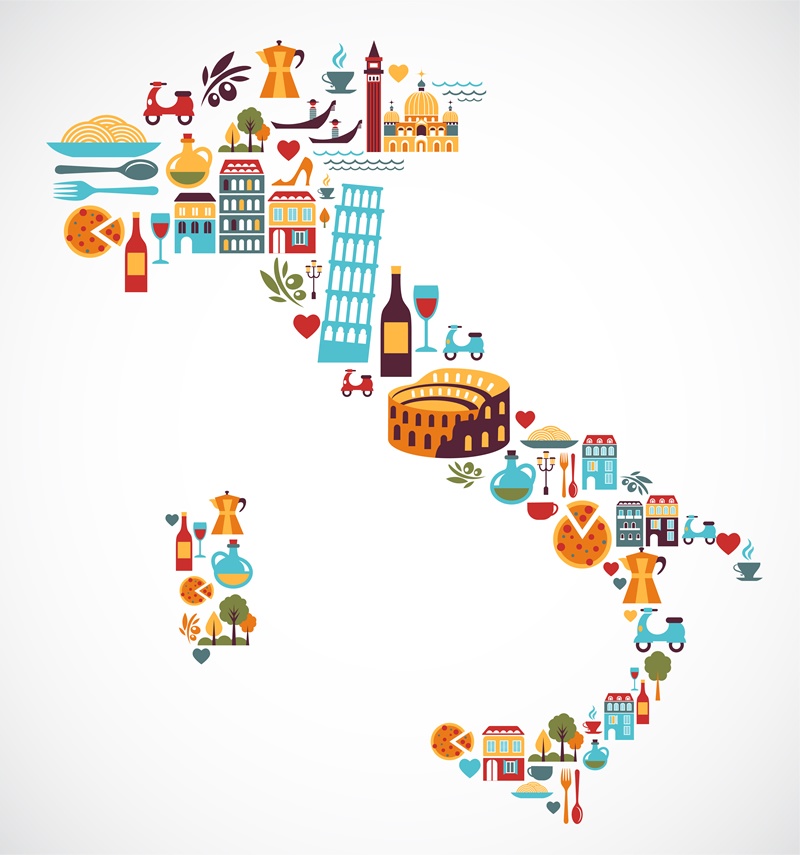
08 Dec Counterfeiting in Italy
Counterfeiting is currently one of the plagues damaging the Italian market; it affects virtually every product sector, although this practice is especially prominent in the field of fashion and in the trade of luxury goods.
Its widespread distribution is favoured by the illusion of impunity for manufacturers and retailers, which has contributed to the exponential growth of online shopping in recent years.
If some time ago street vending was the only place for the sale of counterfeit goods, now the ever present reality of e-commerce facilitates this illegal activity, gradually replacing the physical locations intended for the display and sale of products.
It is a well-known fact that counterfeiting was a practice already in place in ancient times, used for all kinds of products: from works of art in ancient Greece to the famous Donation of Constantine, the document with which in 313 the Emperor handed over Rome and the western provinces to the Pope, though humanist Lorenzo Valla discovered it was a fake almost ten centuries later.
The purchase of counterfeit goods reaches consumers not only through deception, but often with the full knowledge and complicity of the latter in relation to the origin of the goods and the underlying unlawful practices employed in their creation.
With reference to the theory of consumers being aware that they are purchasing counterfeit goods, there are different social reasons that drive and fuel this phenomenon:
first of all the significant savings, followed immediately by the need to satisfy, with economical means, the desire to be part of the elite.
Indeed a feature of some goods such as luxury items is their desirability. In large groups of consumers who are unable to spend the money required to buy them, this feature stimulates the desire to own them. Being able to satisfy this desire, even by purchasing a counterfeit product, generates in individuals the false belief of being part of a lucky few, who declare their social status through the ownership of that specific item of clothing or accessory, simply because they can afford it and others cannot.
This inaccessibility is therefore fertile ground for the growth of the counterfeit goods market, which enables people to buy a “copy” of their object of desire at a dramatically lower price when compared to its real market value.
In Italy, like elsewhere, counterfeiting is an illegal practice detrimental to public and private interests.
As such, legislation has been brought in leading to various protective means to counter it through prevention and repression.
The strongest deterrent is certainly guaranteed by the provisions falling under criminal law and governing the interests involved.
The latter are designed to target counterfeiters, whether they are manufacturers, importers or simply retailers, as well as those who purchase counterfeit goods.
Public awareness of the problem and its regular media coverage means that there are inconsistent reports and data regarding the figures surrounding this business, whose real size cannot be clearly identified due to this lack of statistics.



No Comments